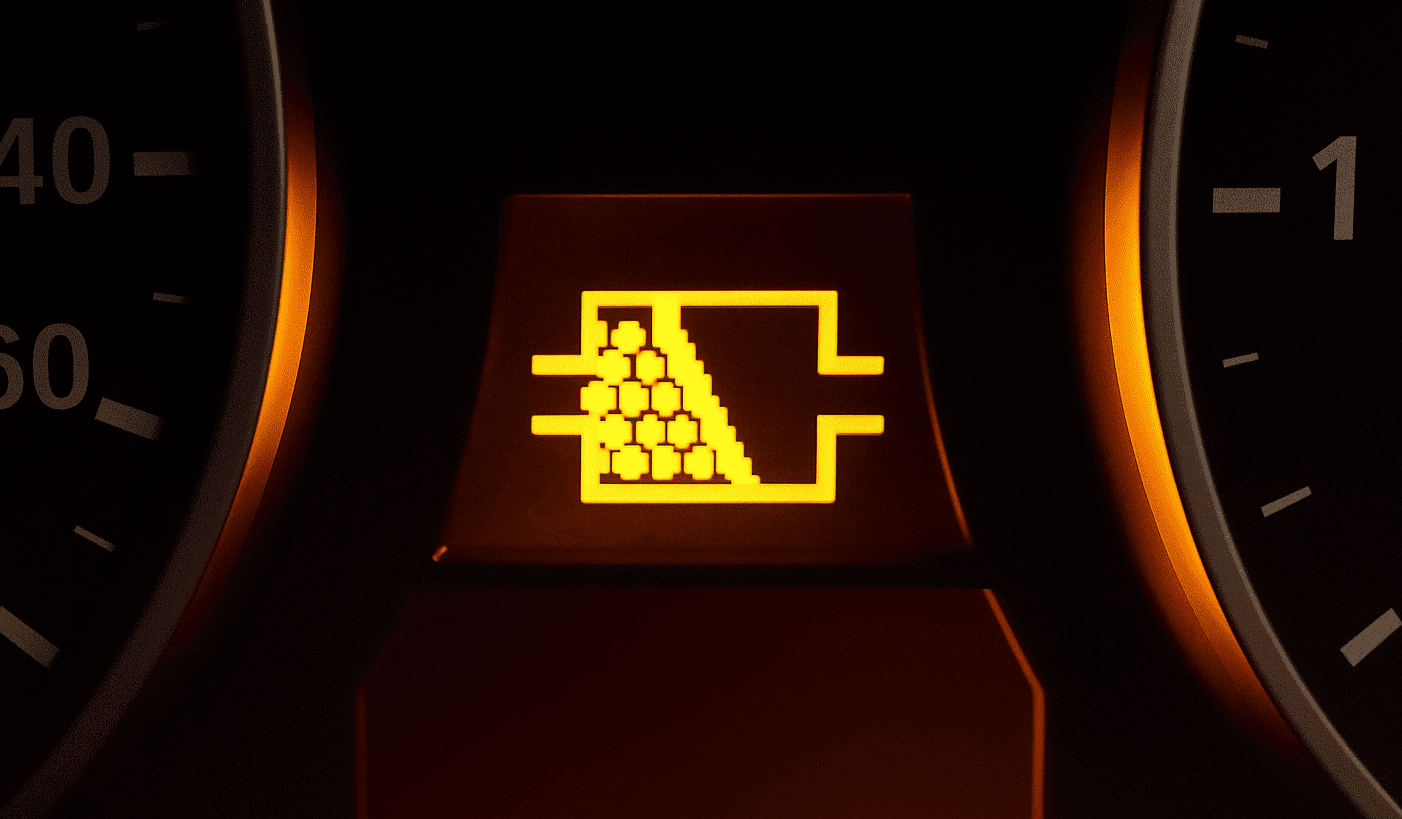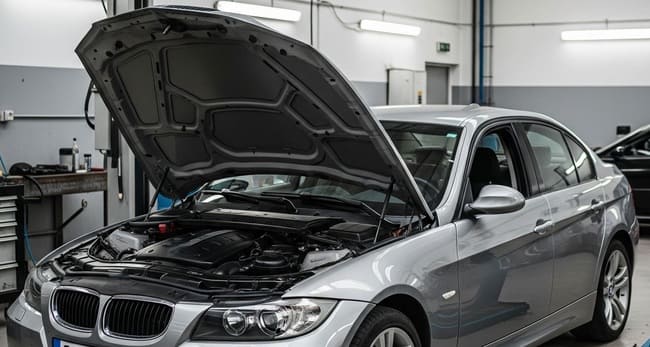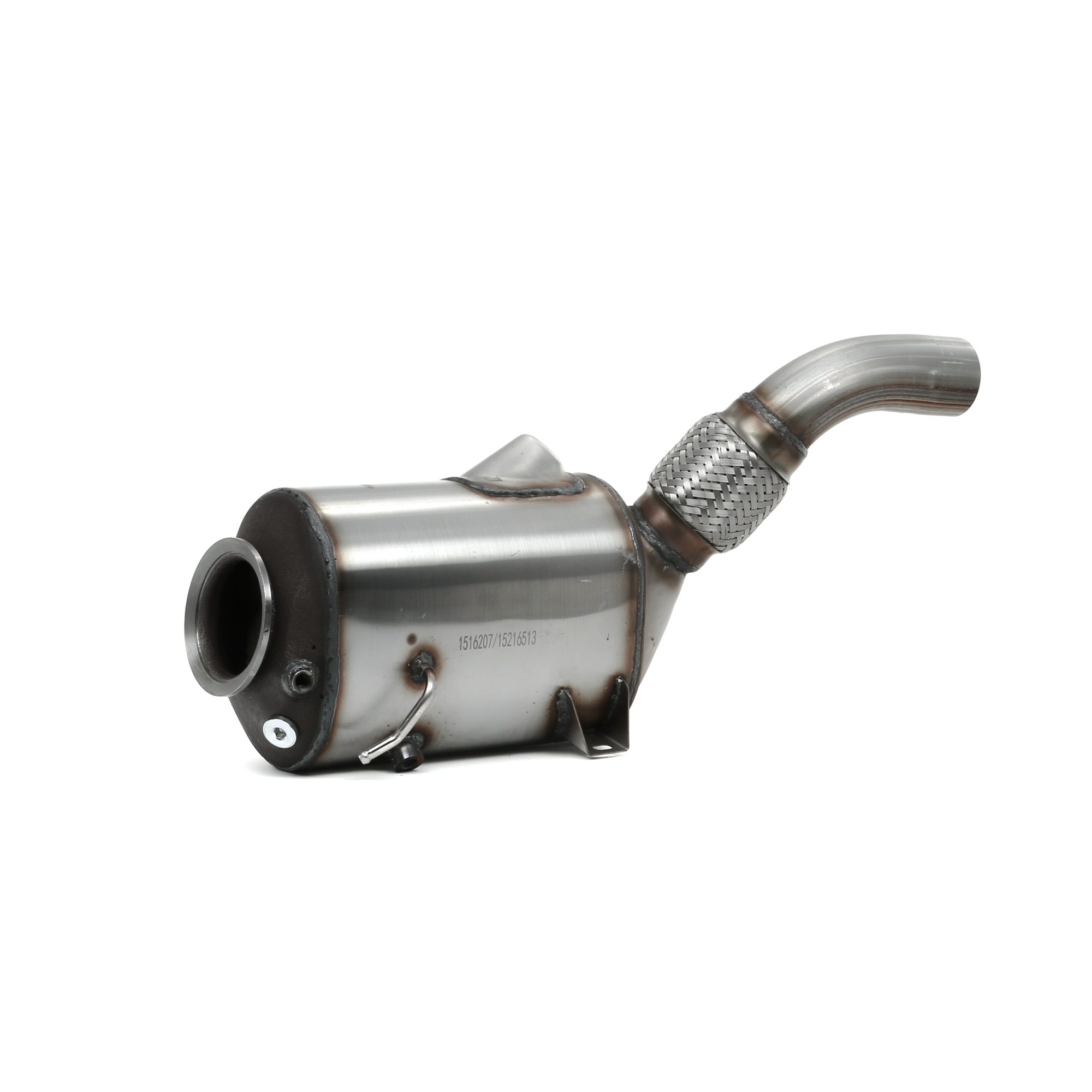BMW E90 DPF Problems in Low-Mileage Diesel Models
The BMW E90's diesel particulate filter represents one of the most problematic components for owners who primarily drive short distances or in urban environments. Whilst the DPF system serves a crucial environmental purpose by capturing harmful soot particles, it creates significant maintenance challenges for drivers whose usage patterns don't align with the system's operational requirements.
Understanding DPF Function in BMW E90 Models
The diesel particulate filter operates as a sophisticated emissions control system, trapping microscopic soot particles from the exhaust stream. Under normal motorway driving conditions, the system performs regeneration cycles where accumulated soot burns off at temperatures exceeding 600°C. However, this regeneration process requires sustained high exhaust temperatures that are rarely achieved during typical urban driving patterns.
BMW E90 diesel engines rely on both passive and active regeneration to maintain DPF efficiency. Passive regeneration occurs naturally during extended high-speed driving, whilst active regeneration involves the engine management system deliberately raising exhaust temperatures through post-injection fuel strategies. When neither process occurs regularly, soot accumulation leads to progressive filter blockage.
Why Low-Mileage E90 Diesels Experience Rapid DPF Clogging
Several factors contribute to accelerated DPF clogging in BMW E90 models that accumulate low annual mileage, primarily relating to insufficient regeneration opportunities and suboptimal operating conditions.
Short Journey Impact on Regeneration Cycles
Low-mileage BMW E90 diesels typically accumulate their kilometres through frequent short journeys, preventing the exhaust system from reaching optimal operating temperatures. Engine oil and coolant temperatures may reach normal levels within 3-5 kilometres, but exhaust temperatures require sustained high-load conditions to enable effective DPF regeneration.
Frequency of Regeneration Attempts
BMW E90 models attempt DPF regeneration based on calculated soot loading rather than mileage intervals. In vehicles driven predominantly on short trips, the system may attempt regeneration every 300-700 kilometres. However, if these attempts fail due to insufficient exhaust temperatures, soot continues accumulating until complete blockage occurs.

Common Warning Signs and Symptoms
The BMW E90's dashboard provides clear indicators when DPF problems develop. The amber DPF warning light typically illuminates when partial blockage occurs, whilst the red warning symbol indicates severe clogging requiring immediate attention. Understanding these warnings prevents expensive component damage and enables appropriate remedial action.
Performance symptoms include reduced power output, increased fuel consumption, and rough idling characteristics. The engine may enter "limp mode" to protect itself from damage, limiting maximum speed to approximately 80 kilometres per hour. Black smoke emissions during acceleration often accompany severe DPF blockage, indicating incomplete combustion due to excessive backpressure.
The EGR-DPF Connection: A Critical Relationship
Exhaust Gas Recirculation (EGR) valve malfunctions significantly impact DPF performance in BMW E90 models. A failing EGR valve can prevent successful regeneration cycles, as the experts from Autodoc know about issues with the DPF and related components. When the EGR system fails to regulate exhaust gas flow properly, regeneration temperatures cannot be achieved, leading to rapid soot accumulation.
Carbon buildup within the EGR valve creates additional complications, as contaminated exhaust gases circulate through the intake system, affecting combustion efficiency. This creates a cascade effect where poor combustion increases soot production whilst simultaneously preventing effective DPF regeneration.
Diagnostic Procedures and Backpressure Testing
Professional diagnosis requires measuring DPF backpressure using specialised diagnostic equipment. Normal backpressure readings at idle should remain below 25 millibars, whilst readings exceeding 75 millibars indicate significant blockage. These measurements help determine whether cleaning, forced regeneration, or replacement represents the most appropriate solution.
Advanced diagnostic tools can initiate forced regeneration cycles, provided the DPF retains sufficient capacity for the process. However, severely blocked filters may require parameter resets before successful regeneration becomes possible. Temperature and pressure sensors throughout the exhaust system provide additional diagnostic data to identify component-specific failures.
Prevention Strategies for BMW E90 DPF Longevity
Driving Pattern Modifications
Regular motorway driving sessions help maintain DPF health by enabling natural regeneration cycles. BMW recommends occasional 20-minute drives at sustained speeds above 80 kilometres per hour to facilitate regeneration. These sessions should be performed when the DPF warning light illuminates or every 500-800 kilometres in predominantly urban-driven vehicles.
Maintenance Considerations
Quality diesel fuel with low sulphur content reduces soot production and extends DPF service life. Premium fuel additives containing cerium dioxide can lower regeneration temperatures, making the process more effective during normal driving conditions. Regular engine oil changes using low-ash specifications prevent contamination that could compromise DPF function.

Repair Options: Cleaning vs. Replacement
Professional DPF cleaning services offer cost-effective solutions for moderately blocked filters, typically restoring substantial capacity to the original filter. Ultrasonic cleaning combined with chemical treatments can remove accumulated soot without damaging the ceramic substrate. However, filters with structural damage or excessive ash buildup require complete replacement.
Aftermarket DPF options provide alternatives to expensive original equipment components, though compatibility and longevity may vary. Quality aftermarket BMW E90 DPF filters often incorporate improved designs that resist clogging under adverse operating conditions, making them suitable for vehicles with challenging usage patterns.
The BMW E90 DPF system requires understanding and appropriate maintenance to function reliably. Owners of low-mileage diesels must adapt their driving patterns or accept increased maintenance requirements to prevent expensive failures. Regular diagnostic monitoring and proactive maintenance represent the most effective strategies for managing these inherent system limitations.
Table: BMW E90 DPF Issues in Low-Mileage Diesels
| Issue |
Cause |
Effect |
Fix / Tip |
| DPF clogging |
Frequent short trips |
Blocked filter, warning lights |
Drive ≥20 min on motorway regularly |
| Failed regeneration |
Low exhaust temperatures |
Soot accumulation |
Occasional high-speed driving essential |
| Limp mode / power loss |
Severe blockage |
Reduced speed, black smoke |
DPF cleaning or replacement |
| EGR valve faults |
Carbon build-up |
Poor combustion, more soot |
Clean or replace EGR |
| High backpressure |
Blocked DPF |
Poor performance |
Diagnose with scan tool (>75 mbar = critical) |
| Increased fuel consumption |
Inefficient combustion from clogged DPF |
Higher running costs |
Use low-ash oil, quality fuel |






















